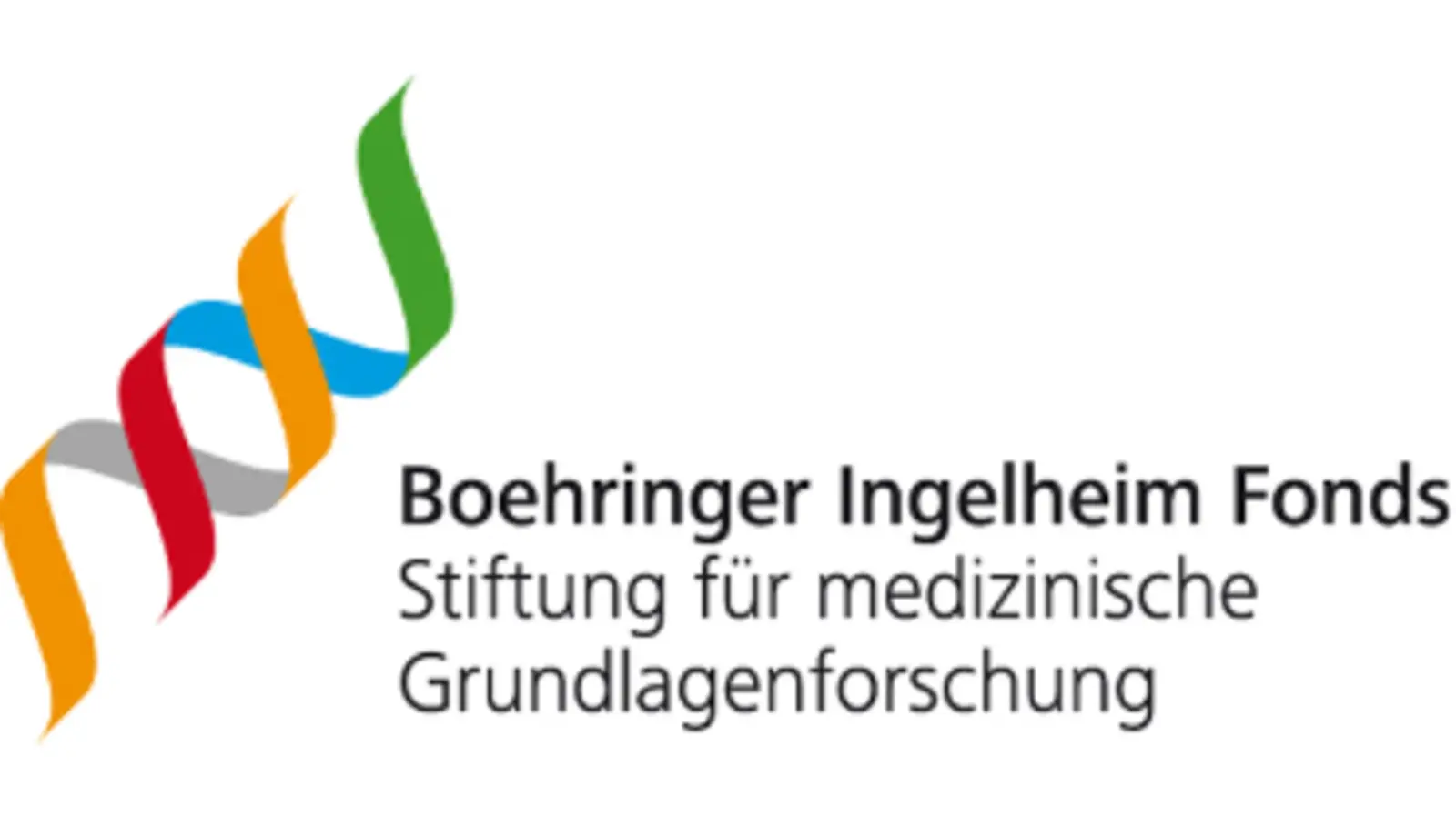
Transfer RNA Processing and Disease
Transfer RNAs (tRNAs) are among the most ubiquitous molecules in cells from all three domains of life and central to decoding information from messenger RNAs to proteins on translating ribosomes. Beyond their canonical role during protein biosynthesis, tRNAs also perform additional functions as signaling molecules in the regulation of numerous metabolic and cellular processes, as stress sensors and in tRNA-dependent biosynthetic pathways. tRNA fragments have been identified as novel non-coding RNAs contributing to translational control, gene regulation and silencing. tRNAs are encoded as precursor molecules, which undergo a plethora of modifications, including removal of intronic sequences. In humans, introns are cleaved by the heterotetrameric tRNA splicing endonuclease (TSEN), which associates with the RNA kinase CLP1. Mutations in TSEN subunits or CLP1 lead to the development of severe neurological disorders, like pontocerebellar hypoplasia (PCH). PCH belongs to neurodegenerative autosomal recessive disorders with prenatal onset, causing hypoplasia of the cerebellum and ventral pons, microcephaly, and severe mental impairments. How PCH mutations engage in the development of the disease, whether there are moonlighting activities of TSEN towards yet unidentified substrates, or what the exact role of CLP1 in the process of pre-tRNA splicing is unclear. We address these fundamental questions on pre-tRNA processing by interdisciplinary and complementary approaches from cell and structural biology to biochemical and biophysical techniques.
MHC I chaperone complexes in adaptive immunity
Identifying and eliminating infected or malignantly transformed cells are fundamental tasks of the adaptive immune system. For immune surveillance, the cell's metastable proteome is displayed as short peptides on MHC I molecules to cytotoxic T-lymphocytes. Interestingly, viruses have evolved immune evasion strategies, which target the antigen presentation pathway. Our knowledge about the track from the proteome to presentation of peptides has greatly expanded in recent years and has lead to a comprehensive understanding of antigen presentation and how viruses escape immune surveillance. As a highly dynamic supramolecular complex in the ER membrane, the peptide-loading complex (PLC) orchestrates peptide translocation, loading, and editing of MHC I molecules. The PLC assembles around the heterodimeric ATP-binding cassette (ABC) transporter TAP, two copies of tapasin, ERp57, calreticulin, and MHC I/β2m heterodimers. The disulfide-linked complex between tapasin-ERp57 forms the minimal functional unit of the PLC, which facilitates peptide loading onto MHC I and editing of the peptide repertoire. Strikingly, classical and nonclassical MHC I allomorphs are associated with the PLC, suggesting that most allomorphs traverse through the PLC on their way to the cell surface. We have determined the structure of native PLC isolated from Burkitt's lymphoma cells using an engineered viral inhibitor. Together with the Tampé lab, we seek to provide structures of PLC at distinct assembly states that give insights into MHC I quality control and unveil the molecular details underlying the onset of an adaptive immune response. In the long term, we will elucidate mechanisms of MHC I chaperone networks and how they are compromised by viral immune evasion using an interdisciplinary approach including biophysics, biochemistry, and structural biology.



